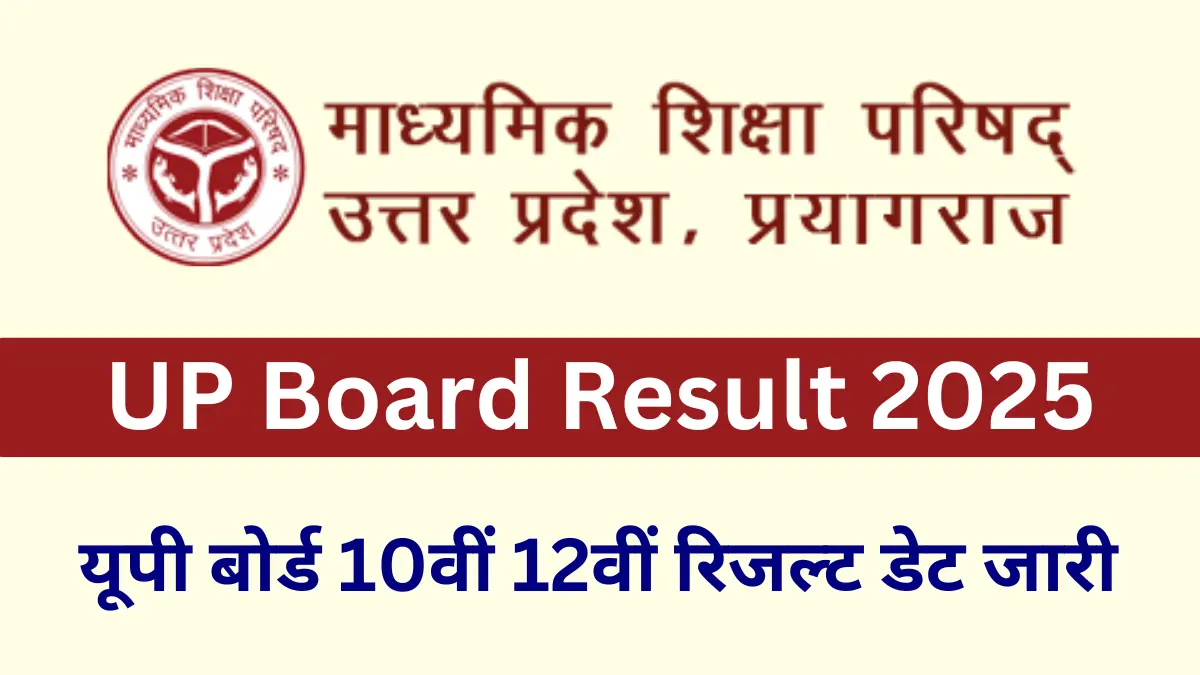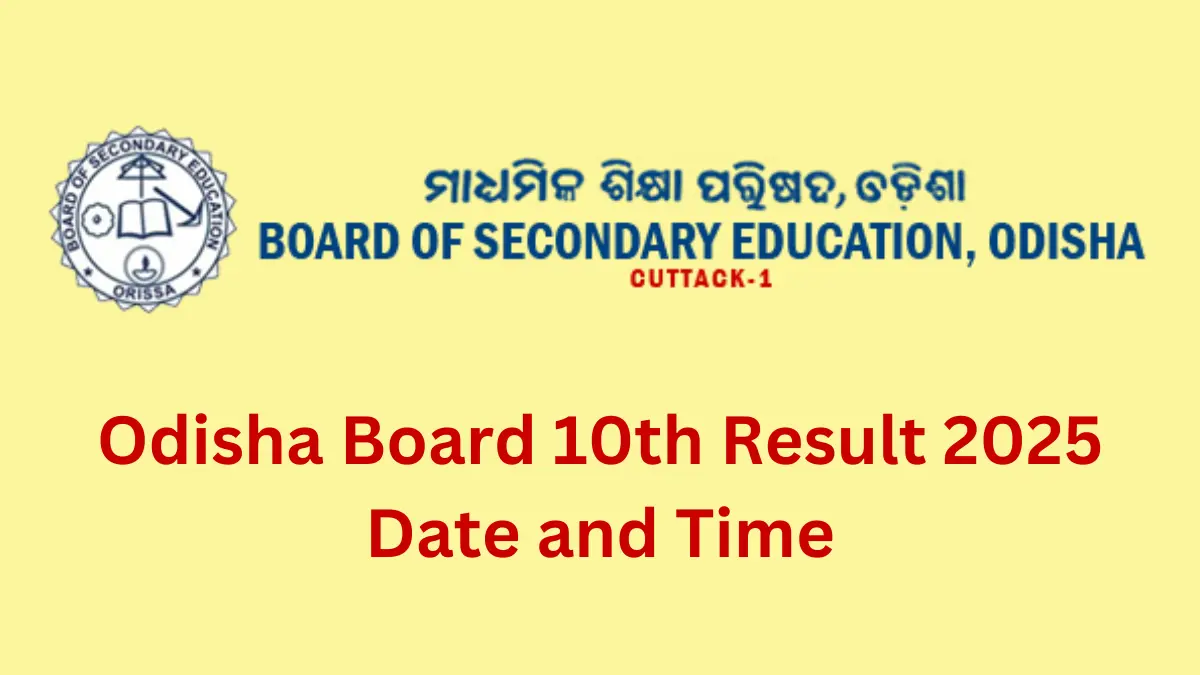UP Board Result 2025 Date, Check Class 10th & 12th Result @upresults.nic.in
The Uttar Pradesh Madhyamik Shiksha Parishad (UPMSP) is anticipated to announce the UP Board Result 2025 by April 20, 2025. Yet, neither the board officials nor the Board Secretary, Dibyakant Shukla, have confirmed the specific date and time for the result announcement. To check the UP Board 10th, 12th Result 2025, individuals can visit the official … Read more

